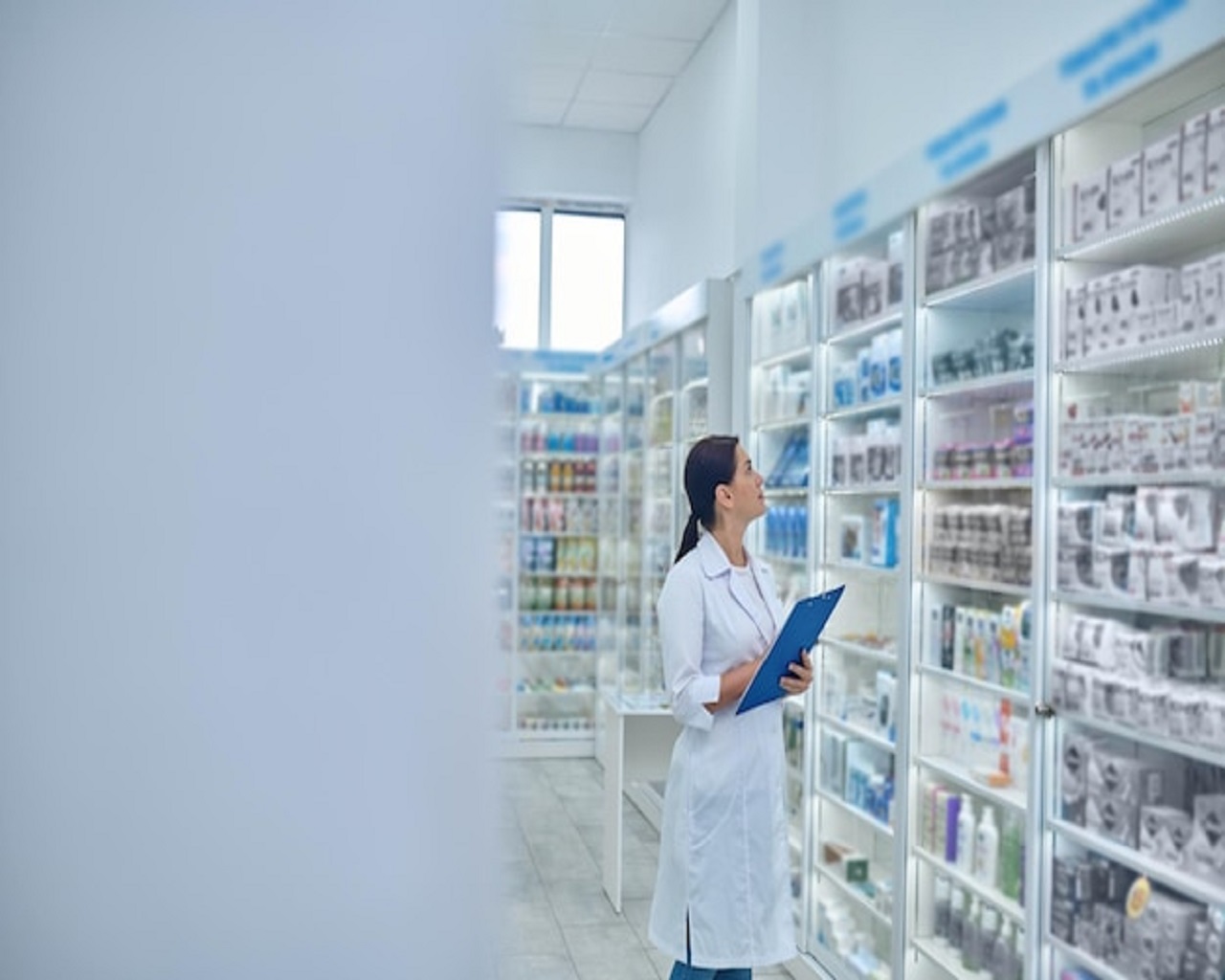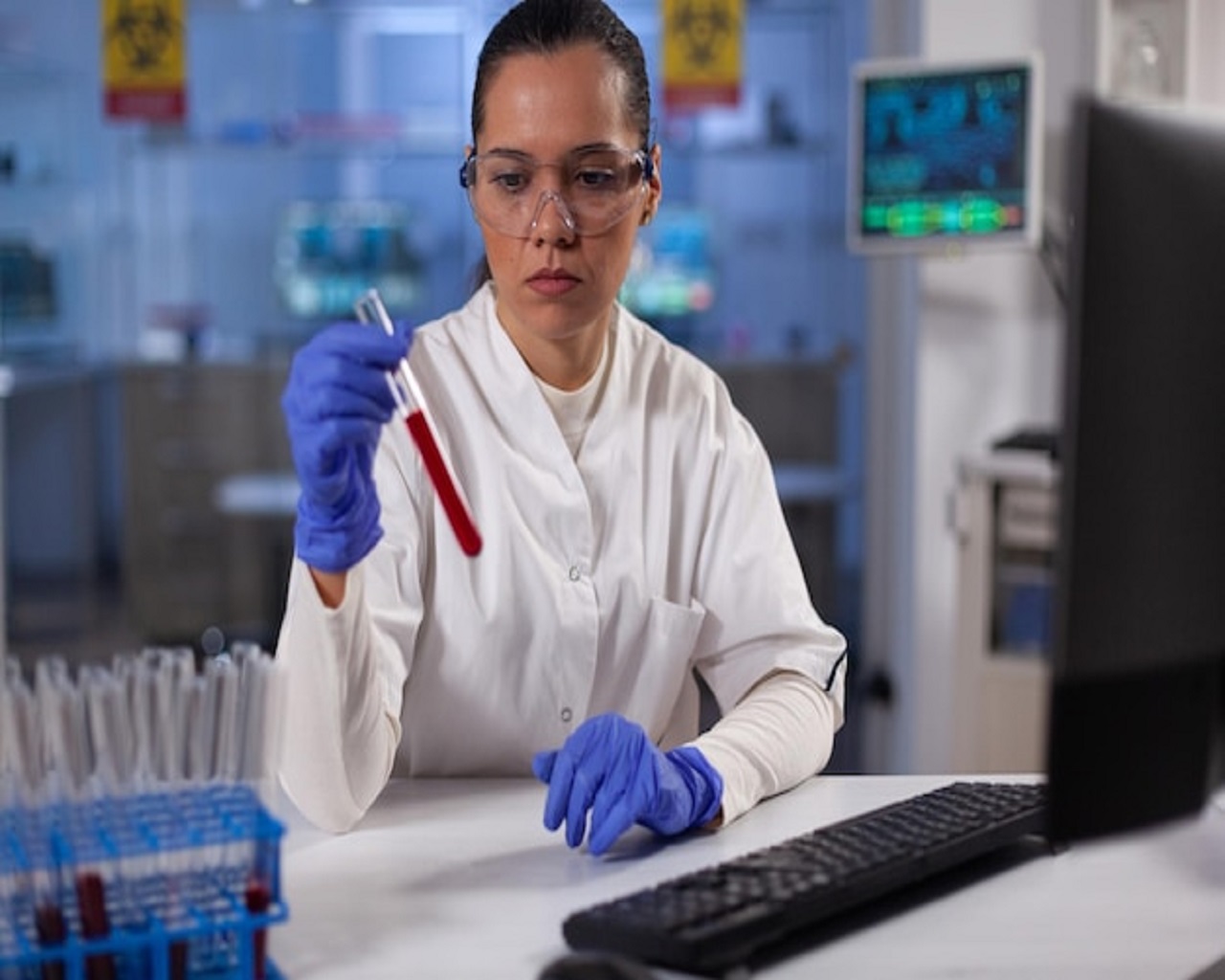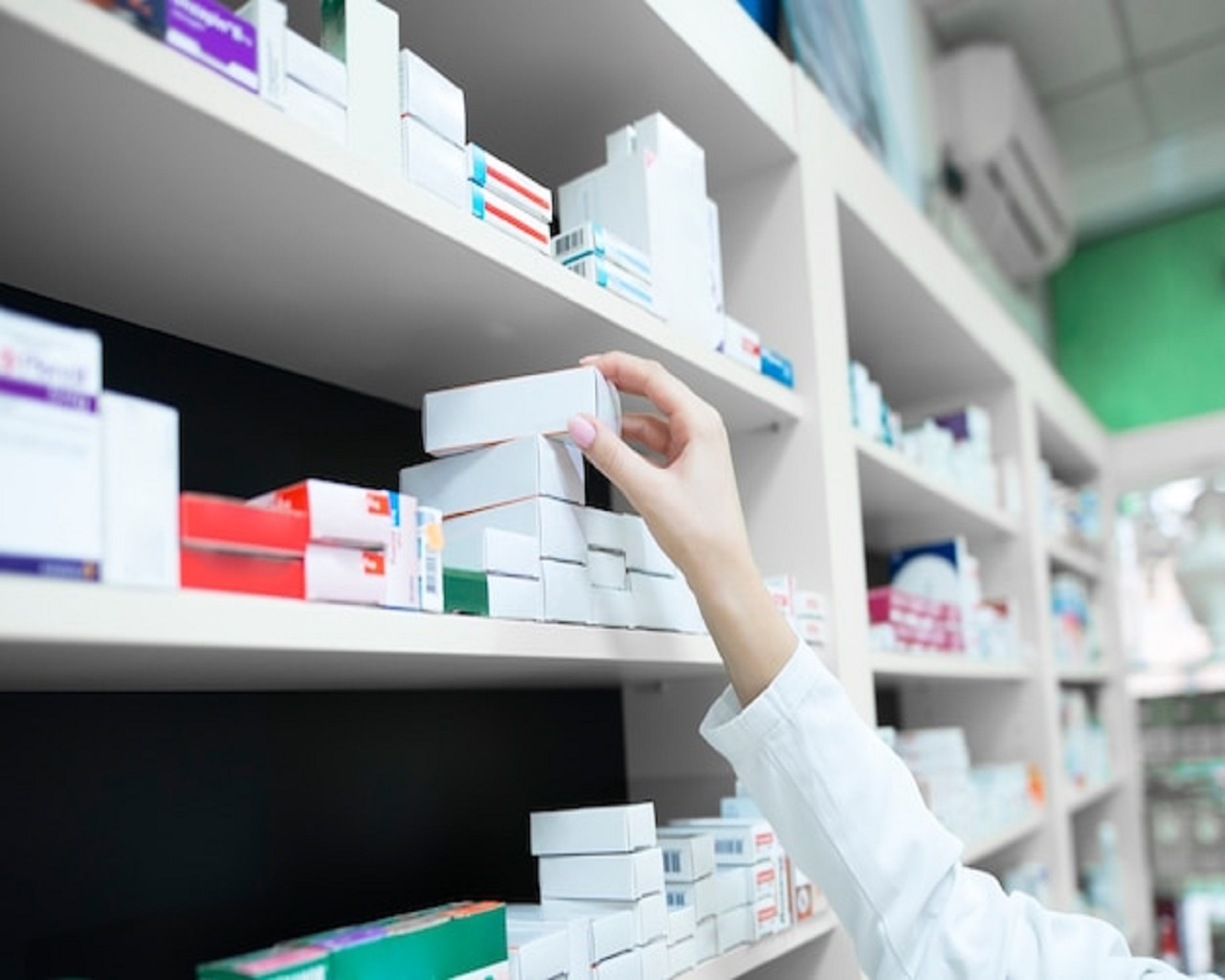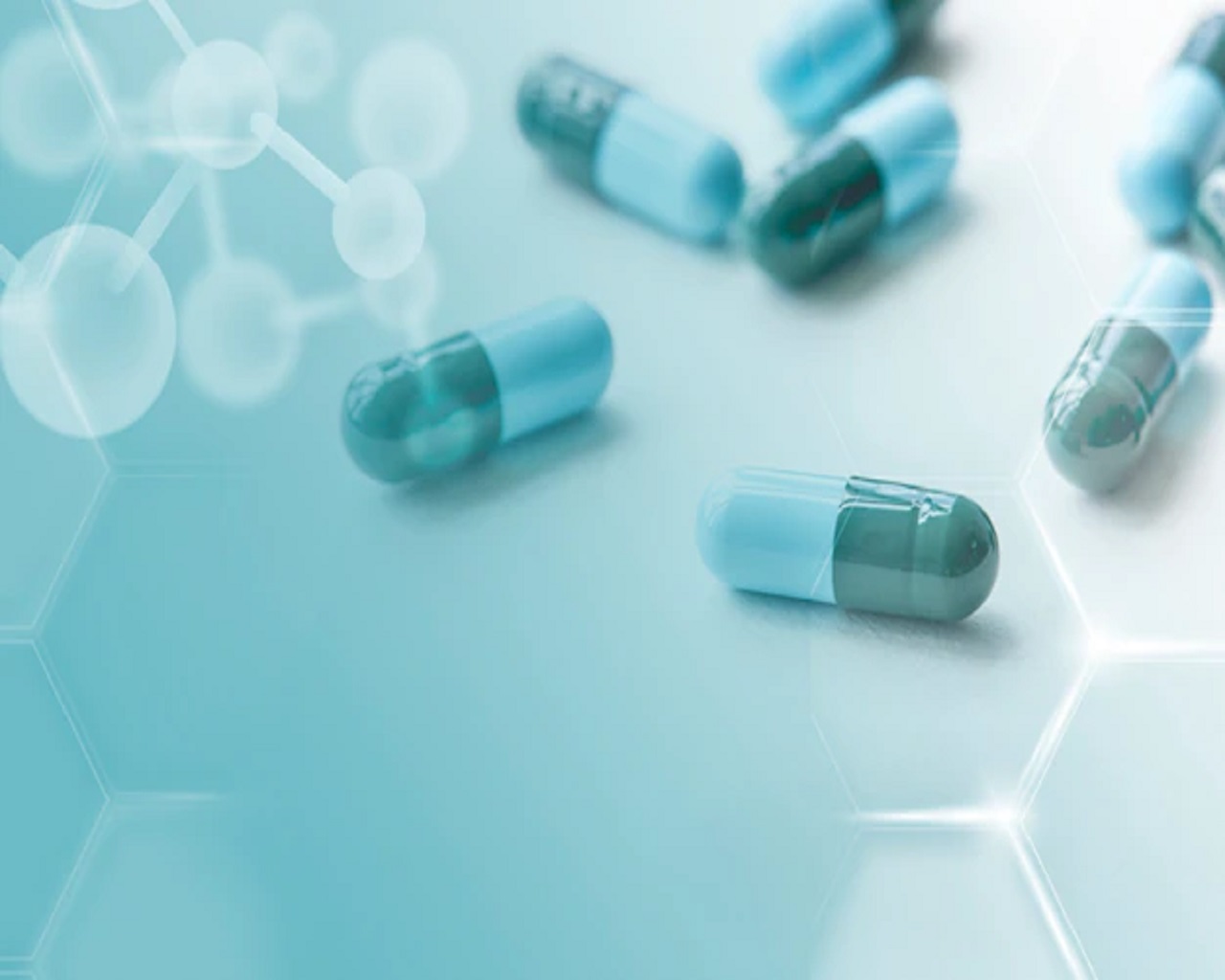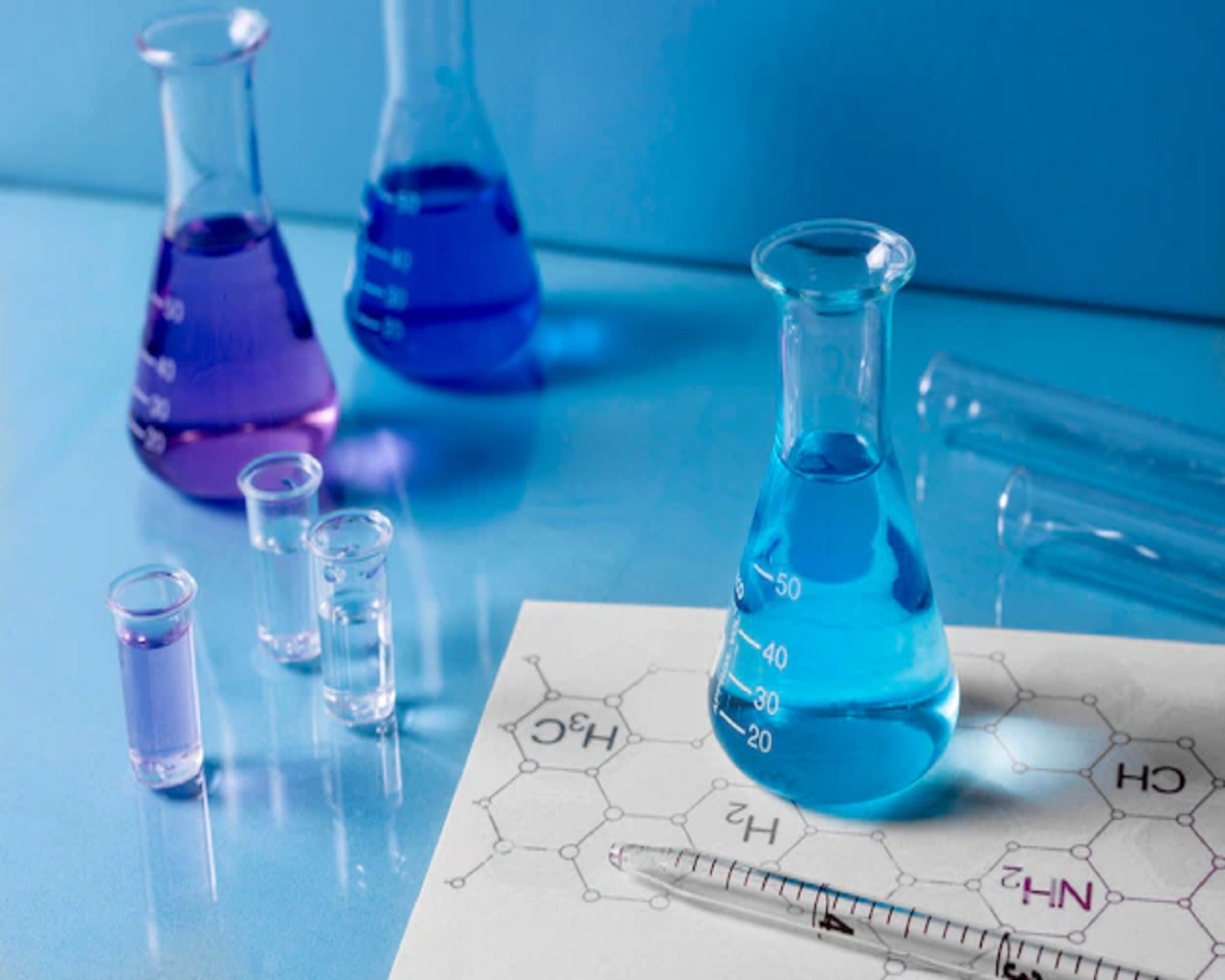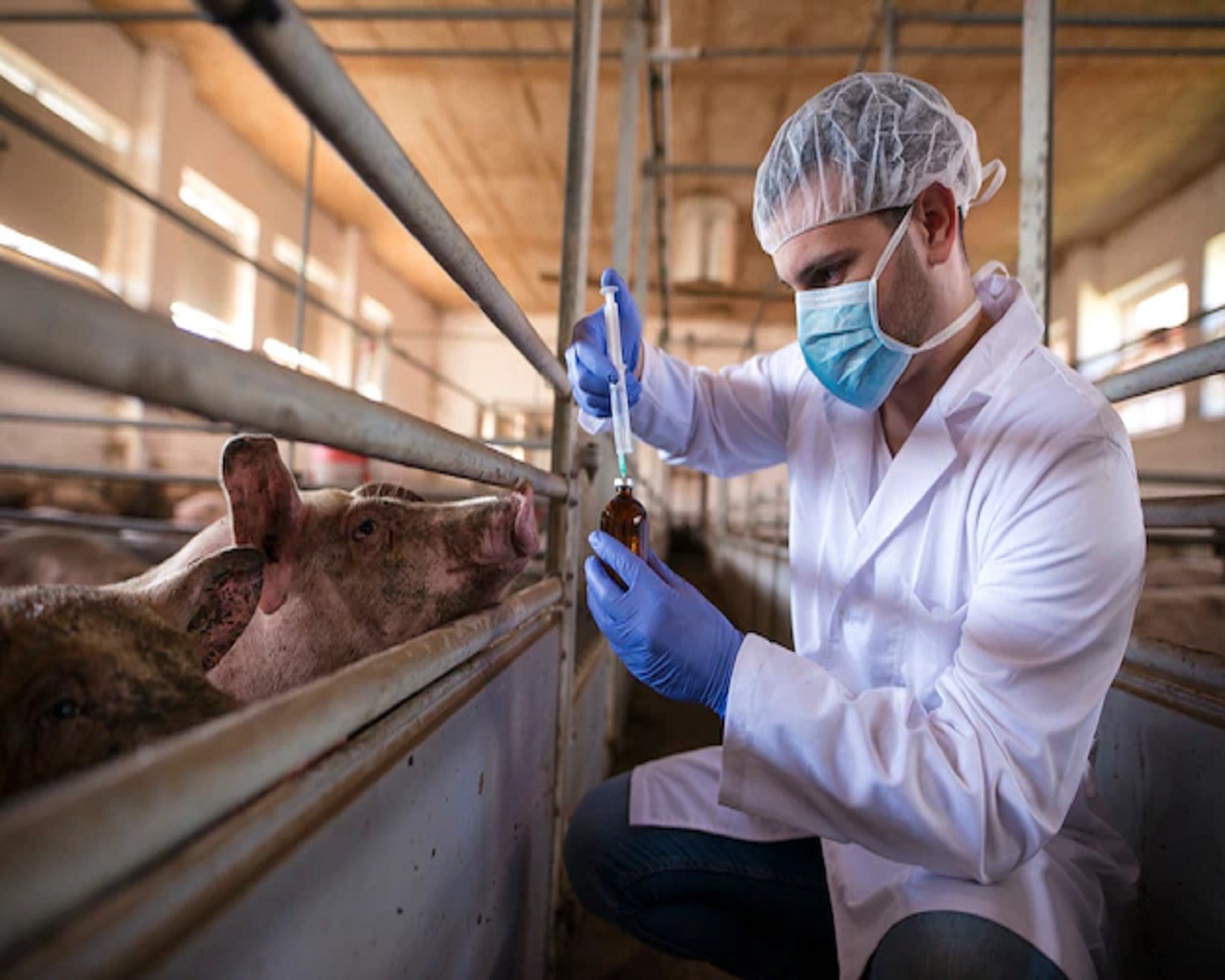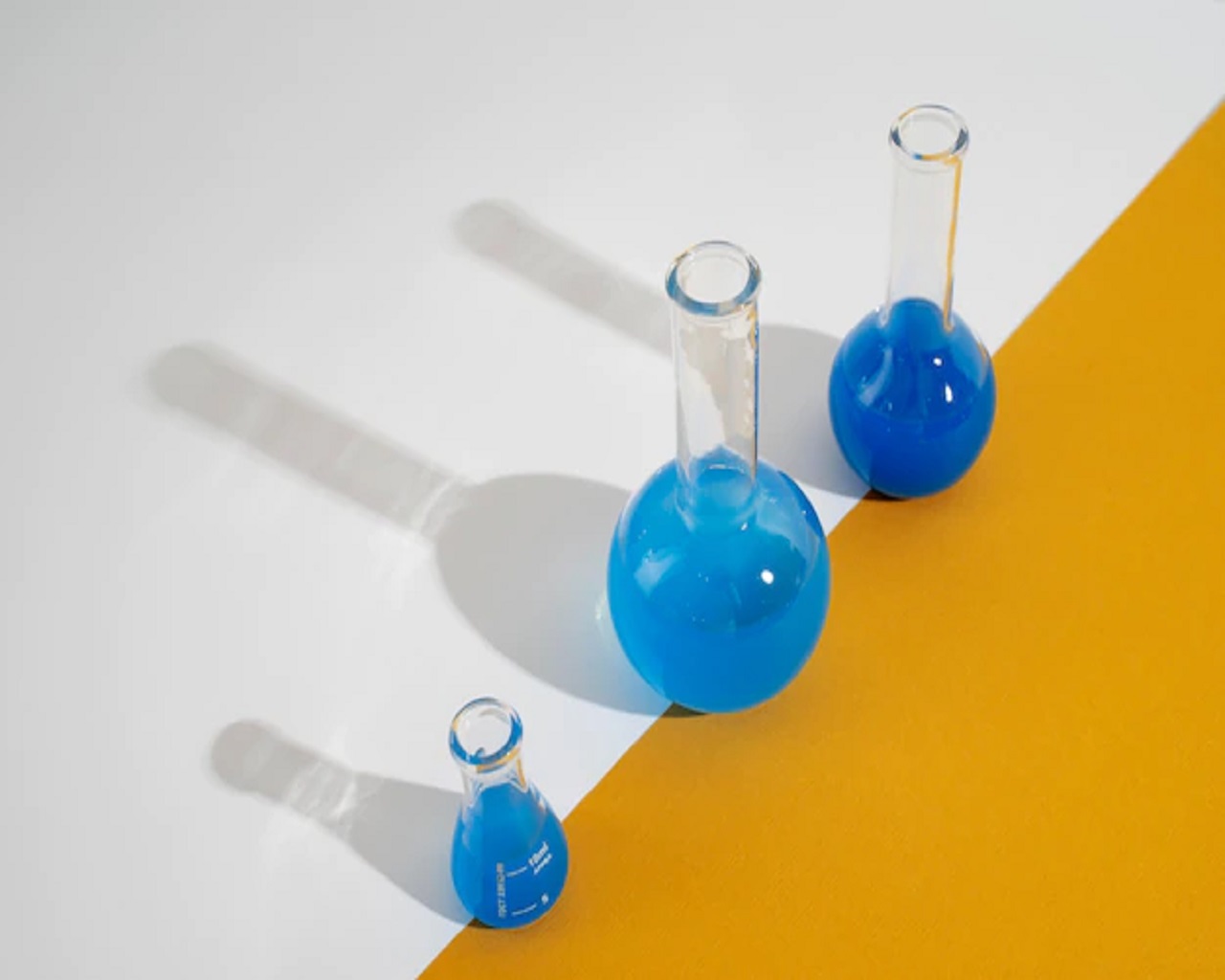22 Sep GAMP®5 2nd Edition released!
Background
GAMP®5, now supplemented by several Good Practice Guides, is a globally accepted standard for the validation of computerised systems.
The progress of IT environments in recent years has made it necessary to revise and extend the guide, although the basic structure is still well suited to the current IT landscape and to the validation of computer systems.
The new edition “GAMP®5 2nd Edition” is not a new guideline but a revision of the existing guide. It was published at the end of July 2022 and can be ordered on the ISPE website. (https://ispe.org/publications/guidance-documents/gamp-5-guide-2nd-edition).
What are the news in the GAMP®5 2nd edition?
The structure, divided into 8 chapters, has remained unchanged:
- 1-Introductio
- 2-Key Concepts
- 3-Life Cycle Approach
- 4-Life Cycle Phases
- 5-Quality Risk Management
- 6-Regulated Company Activities
- 7-Supplier Activities
- 8-Efficiency Improvements
- In the chapter 3-Life Cycle Approach, the subsection “Critical Thinking Through the Life Cycle” has been added,
- in the chapter 8-Efficiency Improvements, the subsection “Using Tools and Automation” has been included in addition to some wording adjustments.
- In the Management Appendices, the appendices M 11 “Infrastructure” and M 12 “Critical Thinking” have been added as well as some minor changes in the wording.
- In the Development Appendices, in addition to some wording changes, Appendix D2 “Functional Specifications” has been removed and for new Appendices have been introduced:
- D8 “Agile Software Development“,
- D9 “Software Tools“,
- D10 “Distributed Ledger Systems (Blockchain)“,
- D11 “Artificial Intelligence and Machine Learning (AL/ML)“.
- In the Operation Appendices, besides some wording adjustments, the Appendix O7 “Repair Activity” has been removed.
- In the Special Topics Appendices, Appendix S5 “Managing Quality within an Outsourced IS/IT Environment” has been removed.
- In the General Appendices, the previous Appendix G1 “GAMP Good Practice Guide Summary” has been removed.
Latest posts
-
03 April, 2024 Blog
The ICH Q3C(R9) Guideline reaches Step 4 of the ICH Process
-
03 April, 2024 Blog
The Indian Ministry of Health revises the GMP standards




